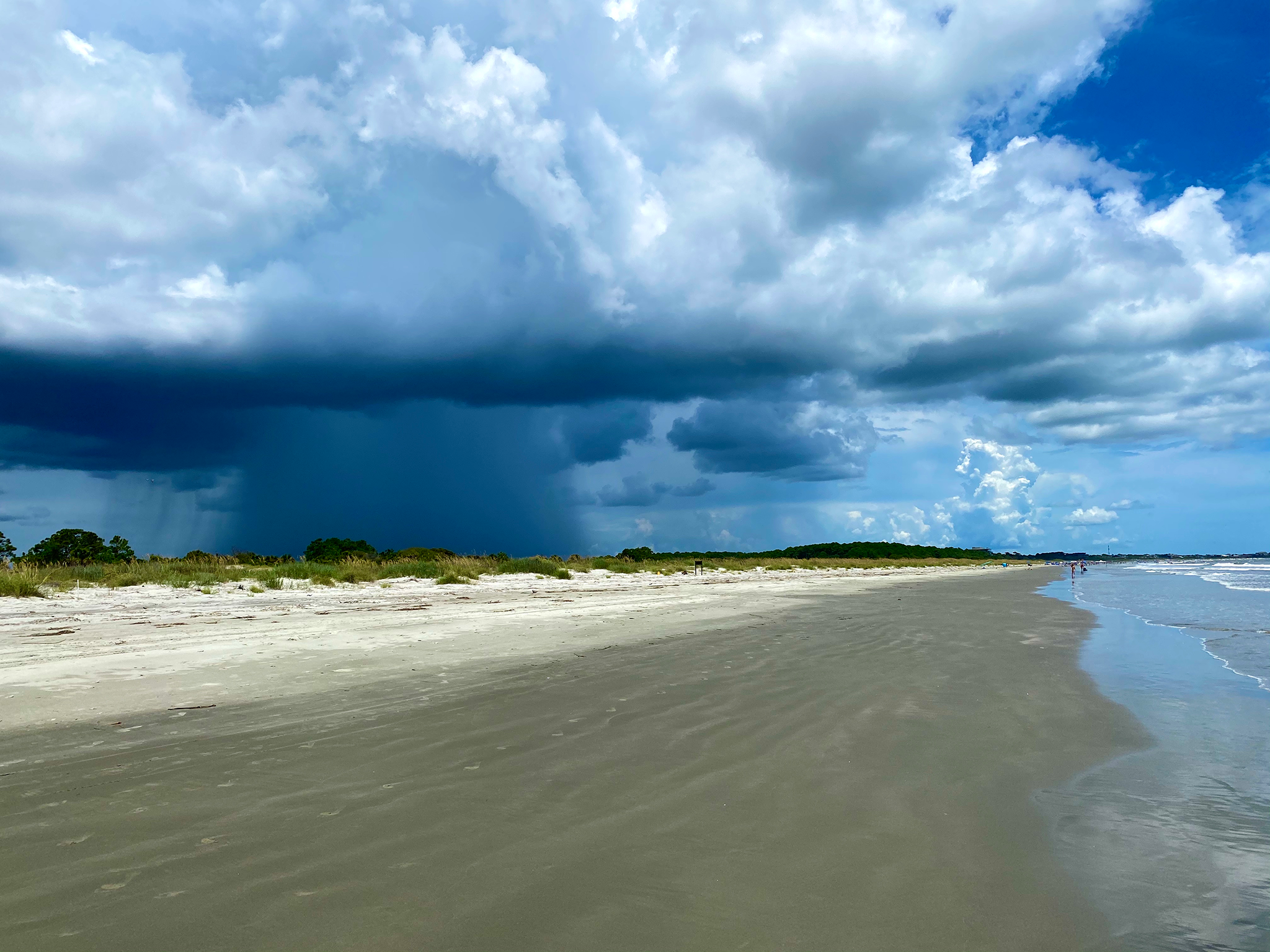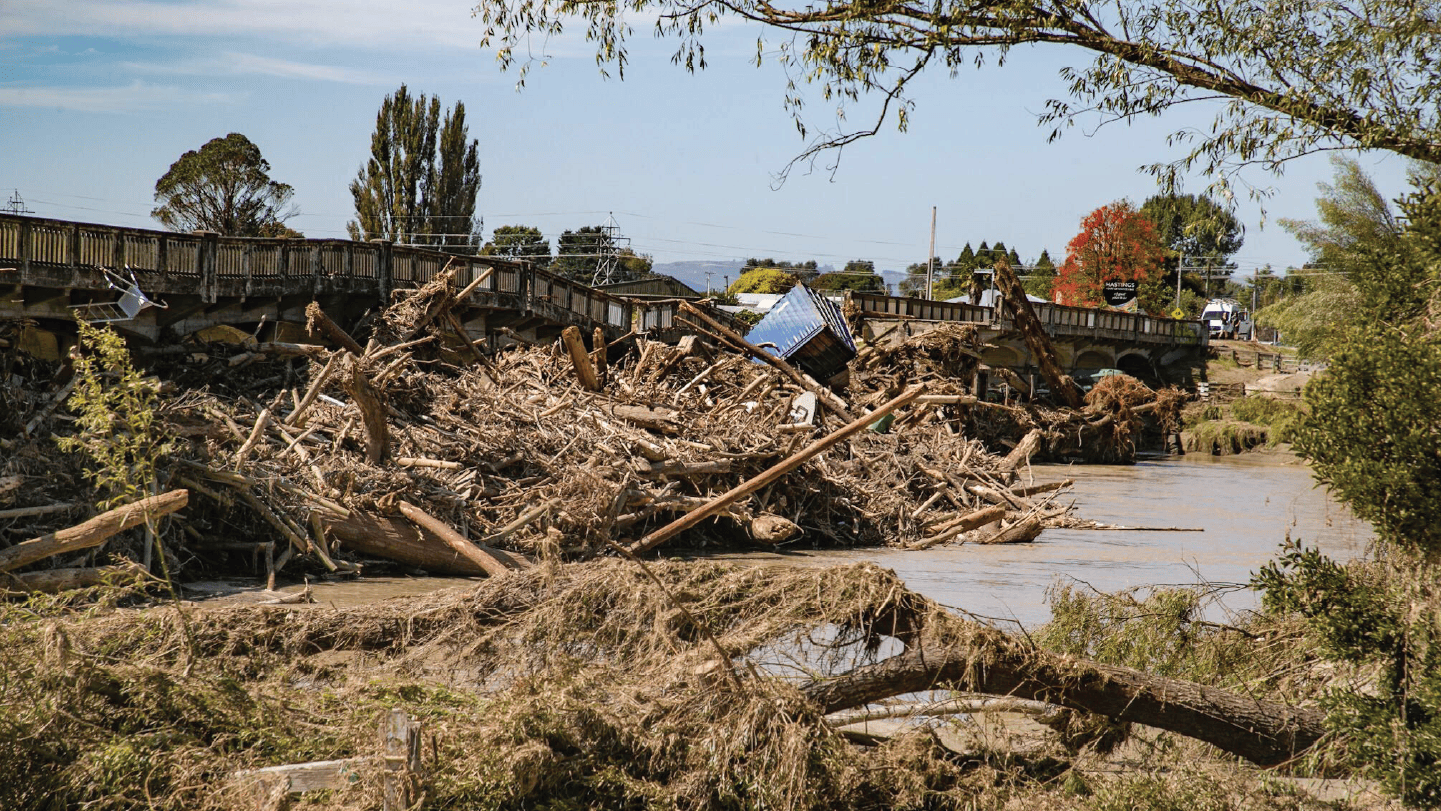After the earthquakes, many people realised the importance of having an emergency kit. This is a necessary collection of items for any New Zealand home. In an emergency, you could be stranded or without help for a number of days. Here is our essential guide to your emergency kit – what you need and how to collect and store everything.
At the very least - have a household plan outlining where to meet, who does what (picking up kids or elderly relatives) and where to go if you can’t go back to your home.
What you need
In this section, we’re labeling everything by category – you can print out this page and use it as a check list.
Food and water
- Each member of the household needs three litres, per person, per day. Packs of bottles or large containers of water can be bought, or you can use large soft drink bottles/food-grade water storage containers. Do not use milk cartons as bacteria may still remain after washing.
- Non perishable food – enough for everyone to last for three days. Try:
- Protein, fruit or muesli bars.
- Dried fruit.
- Canned food like spaghetti, baked beans, soup, or fruit/vegetables.
- Dark chocolate.
- Salt-free crackers or high-grain cereals.
- Milk powder.
- Any other non-perishable food that your family will eat.
- Avoid salty foods that will cause thirst.
- Don’t forget a can opener!
- Baby formula, baby food etc.
- Pet food to last animals for three days.
- A camping stove and lightweight utensils.
Top tip - you can also fill ice cream containers with water and put them in the freezer. These can keep food cool if the power is off and can be used for drinking.
First Aid
- Bandages – in a variety of sizes.
- Plasters and adhesive wound dressings.
- Sterile solution or wipes.
- Scissors and safety pins.
- Adhesive tape.
- Antiseptic solution or cream.
- Tweezers.
- Disposable gloves.
- First aid manual.
- CPR mask.
- Panadol or other over-the-counter pain relief.
- Spare medicines for those who need them + prescriptions. Keep a record of when pills need to be taken for each person.
- Special needs items like hearing aids, crutches or glasses.
Clothing
- A set of spare clothes for everyone, plus warm jackets or coats.
- Sturdy shoes.
- Blankets or sleeping bags.
- Beanies, scarves and sun hats.
Toiletries
- Rolls of toilet paper.
- Female sanitary items.
- Spare nappies.
- Hand sanitizer.
- Rubbish bags.
Safety/other
- Dust masks.
- Duct tape.
- Torches and spare batteries.
- A battery operated radio and batteries.
- Spare collars or leads for pets.
- Basic cellphone and charger for emergency calls.
- A list of emergency contacts – family members, doctors, utility companies.
- Important documents - passports, insurance papers, birth certificates, wills etc.
How to store and keep your supplies
- Keep your supplies in a cool place, away from direct sunlight. You can get large plastic boxes with lids and wheels that are easy to move and carry.
- Check your batteries and food every three months. Replace anything that’s not working or cans/food that has degraded.
- If you’re storing water in containers or soft drink bottles, wash these with warm water first, and add 5 drops of bleach for every litre of water. This keeps the water clean and dilutes enough to be safe to drink. Do not drink for at least 30 minutes after disinfecting. Use bleach that has no perfumes, scents, surfactants or other additives as these can make people sick. Label the bottles with dates and check them every 12 months. If the water is not clear, replace it.
- Try setting aside money each week to tick a couple of things off the list. Before you know it, you’ll have a stocked emergency kit and be prepared for if disaster strikes.
You might also like...
-
 October 2024Weather Blog | State Insurance
October 2024Weather Blog | State InsuranceState Wild Weather Tracker – Issue 6
-
 May 2024Weather Blog | State Insurance
May 2024Weather Blog | State InsuranceState Wild Weather Tracker – Issue 5
-
 November 2023Weather Blog | State Insurance
November 2023Weather Blog | State InsuranceState Wild Weather Tracker – Issue 4
